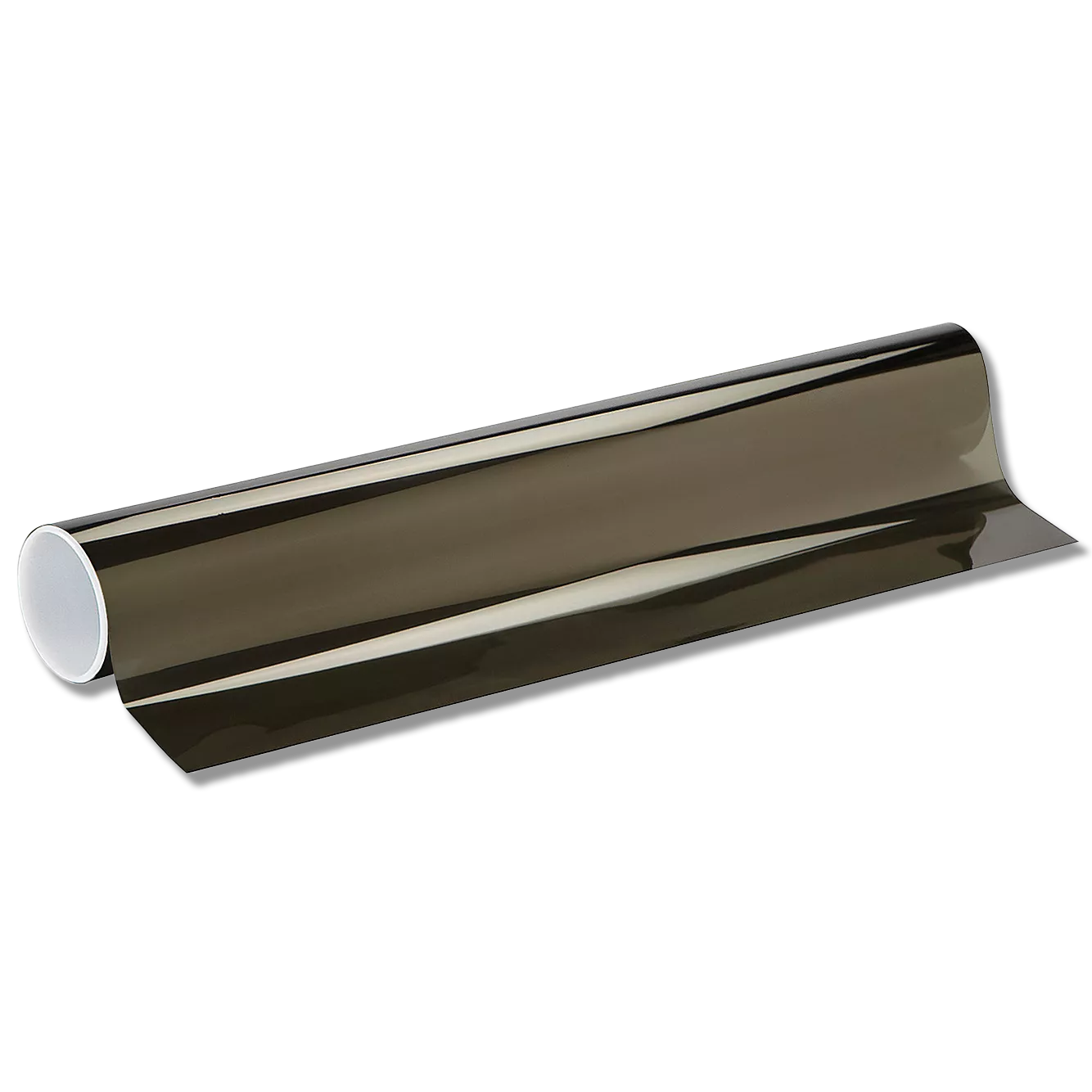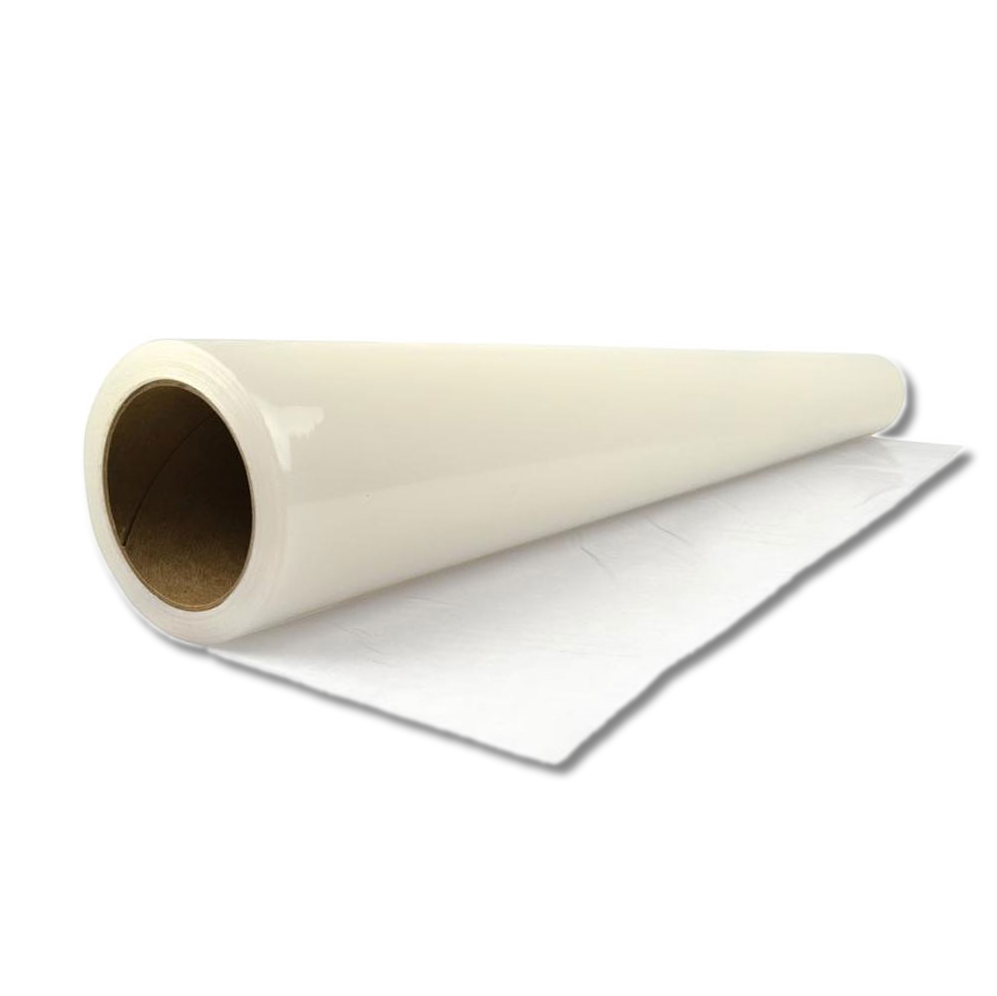blog
Mastering Dyed Film: Installation, Maintenance, and Care Best Practices
- 2024.05.22
- Martin. C
Dyed film is an invaluable tool for enhancing privacy, reducing glare, and protecting against UV rays in automotive, residential, and commercial applications. To maximize the benefits of dyed film, proper installation, regular maintenance, and careful handling are essential. This blog post outlines the best practices for each of these aspects, helping you ensure that your dyed film remains effective and visually appealing for years to come.
Installation Best Practices
Proper installation is crucial to the performance and longevity of dyed film. Here are the key steps and tips for a successful application:
Preparation
1. Clean the Surface: Thoroughly clean the glass surface where the film will be applied. Remove all traces of dirt, dust, and grease. This step is vital for preventing bubbles and ensuring the film adheres smoothly.
2. Measure and Cut: Measure the glass surface and cut the film to size, allowing an extra inch on each side for adjustment.
Application
3. Wet the Glass: Lightly spray the glass with a soapy water solution. This makes it easier to adjust the film on the glass.
4. Apply the Film: Carefully place the film on the glass. Start from the top and gently smooth it down to avoid air bubbles.
5. Squeegee Out the Bubbles: Use a squeegee to firmly press out any air bubbles and excess water under the film. Work from the center outward for the best results.
Trimming
6. Trim Excess Film: Once the film is in place and all bubbles are removed, use a sharp utility knife to trim the excess film along the edges of the glass.
Maintenance Tips
Maintaining dyed film is relatively straightforward but requires attention to detail to prevent damage and extend its lifespan.
Cleaning
- Use Soft Materials: Clean the film surface with a soft, lint-free cloth or a rubber squeegee.
- Avoid Harsh Chemicals: Use a mild soap and water solution for cleaning. Avoid using ammonia-based or abrasive cleaners as they can degrade the film’s adhesive and dye.
- Frequent Light Cleaning: It’s better to clean lightly but frequently to avoid dirt build-up, which can be harder to remove over time and may scratch the film.
Protection
- Avoid Sharp Objects: Be cautious with sharp objects near the film, such as keys, rings, or tools, as they can scratch or tear the film.
- Tint-Safe Window Cleaners: Use cleaners that are specifically labeled as safe for tinted windows to ensure the chemical composition does not react negatively with the dyed film.
Care and Handling
Caring for dyed film involves regular inspections and prompt repairs if damage occurs.
Regular Inspections
- Check for Peeling or Bubbles: Regularly inspect the film for signs of peeling at the edges or bubbling, which can indicate a failure in the adhesive or damage to the film.
- Address Issues Promptly: If damage is observed, address it promptly to prevent further deterioration. Minor peeling or bubbles can sometimes be repaired without replacing the entire film.
Longevity and Replacement
- Expected Lifespan: Quality dyed films can last several years if properly maintained. Be aware of the typical lifespan of the film used, as environmental factors like sun exposure can accelerate aging.
- Professional Assessment: If the film starts to discolor, bubble, or peel significantly, consult with a professional for an assessment. It might be time to replace the film to maintain its effectiveness and appearance.
Frequently Asked Questions
1. How soon after installation can I clean my dyed film-covered windows?
2. Can dyed film be removed and reapplied?
3. How do I remove stubborn bubbles after installation?
4. What should I do if the film gets scratched?
5. Is dyed film suitable for all types of glass?
Conclusion
By following these installation, maintenance, and care best practices, you can significantly enhance the performance and extend the lifespan of your dyed film. Whether for a vehicle, home, or commercial building, understanding how to properly handle dyed film can make a major difference in its functionality and durability.

 Pender
Pender
 Rode
Rode
 Santana
Santana
 Shure X
Shure X
 Camo
Camo
 Sunset R
Sunset R
 Reiney Blue
Reiney Blue
 Aura
Aura
 Aero Shield 500
Aero Shield 500
 Aero Shield 700
Aero Shield 700



